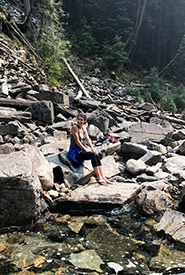Career curiosity
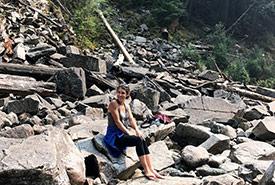
Drew dostaler, NCC's 2019 national conservation engagement intern (Photo courtesy of Drew Dostaler/NCC staff)
My time here at the Nature Conservancy of Canada (NCC) has marked a pivotal moment in my life, exposing me to the non-profit sector, different conservation processes and new challenges. With all of these new experiences, though, I have to wonder: how exactly does my physical geography and geographic information systems (GIS) background fit into the world of conservation, and what can I do to set myself up for success? Fortunately, NCC is full of incredible individuals who were willing to talk to me about their unique pathways to success. I asked everyone the same question: If you could give your younger self one piece of career-building advice, what would it be?
Cindy McCallum, GIS and conservation planning analyst for NCC’s BC Region, uses spatial data to better understand landscapes and inform conservation decision-making. She has experience all over the map (hey, geography!), having started out as an ornithology research technician at the University of Alberta, followed by opening up a private consulting company and eventually pursuing an advanced diploma in GIS.
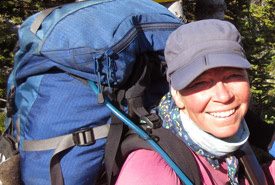
Cindy McCallum (Photo by Boyd Fischer)
Cindy: Try to find work that interests you, uses the skills you excel at and supports you in learning new ones!
JC Laurence is NCC’s national GIS manager. In this role, he plans out conservation processes across the country. From organizing wildlife databases to reporting on national, regional and sub-regional property priorities, JC is no stranger to stewardship coordination. In the past, he worked as the Ontario Ministry of Natural Resources’ district GIS specialist. JC comes from a background in environmental sciences and GIS applications.
JC: Expose yourself to new technology and tools whenever you can. Years can creep by quickly when you do the same old thing over and over again!
Related blog posts
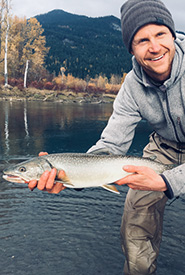
Trevor Reid (Photo courtesy of Trevor Reid/NCC staff)
Trevor Reid is NCC Alberta Region’s GIS and conservation planning analyst. This position involves using GIS technology to improve the conservation planning process by communicating spatial data from a visual perspective. As Trevor puts it, “Maps can tell a story in a different way than text.” With a background in geography and GIS, Trevor discovered NCC during one of his courses, leading him to combine his passion for both private conservation and GIS.
Trevor: Ask more questions! Tap into the amazing knowledge-base of professionals around you… [and] combine this wisdom with your own innovative ideas.
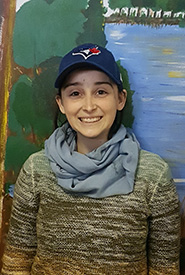
Tessa Strickland (Photo by NCC)
Tessa Strickland is the acting GIS coordinator for NCC’s Ontario Region. She uses GIS to analyze conservation projects and communicate the spatial relationships among NCC’s properties, natural resources, species observations and environmental threats. Before graduating and entering the workforce, Tessa was working on completing her geography-biology degree and was spending her summers working with Parks Canada and the Ontario Ministry of Natural Resources. Eventually, she pursued a post-graduate GIS certificate at Fleming College.
Tessa: Don’t be scared away from learning new skills because you think that it’s going to be difficult. Even just starting to learn a new skill will make it easier to continue learning in the future.
After getting to know each individual a little better and gaining some insight into their unique pathways to success, I feel reassured. Not only did I learn more about conservation work and valuable job experience, but I also learned that, at this point in my life, I have nothing to fear. I have the time to explore different opportunities, the passion to keep me engaged in my studies and the curiosity to continue learning.
The Conservation Internship Program is funded in part by the Government of Canada's Summer Work Experience program.

